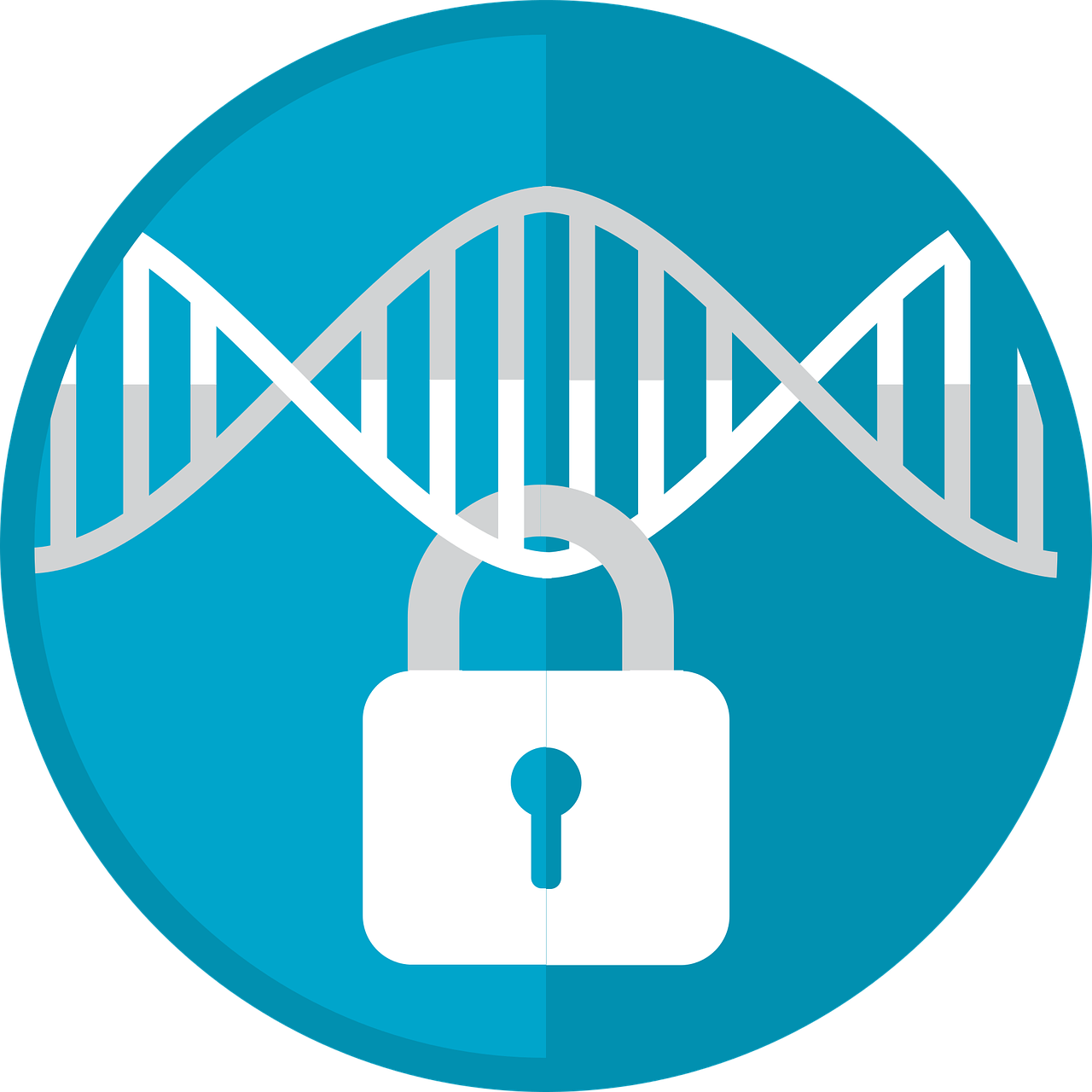Is the CNC Controller a PLC?
The CNC controller is not a PLC. PLC stands for Programmable Logic Controller, which is a type of industrial control system that uses software-based logic to control and monitor industrial machinery and processes. On the other hand, CNC (Computer Numerical Control) controllers are used to control machine tools and other industrial equipment through computer-generated numerical instructions. While PLCs and CNC controllers both play important roles in industrial automation, they are different in terms of their functionality, applications, and programming interfaces.
CNC (Computer Numerical Control) controllers and PLCs (Programmable Logic Controllers) are both integral components of modern machine tools and manufacturing systems. They each play a crucial role in automating and optimizing the manufacturing process, but there are significant differences between them.
Firstly, CNC controllers are specifically designed to control the motion of machine tools, such as lathes, mills, and routers. They take input from CAD (Computer-Aided Design) files or G-code (a language used to describe machine tool paths), and use this information to calculate and control the tool's motion. CNC controllers are typically used in high-precision applications where the exact positioning and movement of the tool are crucial.

On the other hand, PLCs are general-purpose industrial computers that are programmed to perform specific tasks such as controlling the on/off states of machines, managing inputs and outputs, and implementing logic functions. PLCs are much more flexible than CNC controllers, as they can be programmed to perform a wide range of tasks, not just those related to machine tool motion. They are also typically used in less demanding applications where the precision of motion is not as crucial.
So, is the CNC controller a PLC? The answer is no. They are two different types of controllers with different applications and purposes. CNC controllers are designed to control machine tool motion with high precision, while PLCs are designed to be flexible and perform a variety of tasks in industrial environments. However, it is possible to integrate PLCs into CNC systems to provide additional functionality and flexibility. For example, PLCs can be used to control the auxiliary devices of a CNC machine, such as coolant pumps, tool changers, and palletizers.
In conclusion, CNC controllers and PLCs are not the same thing. They each have their own unique role to play in modern machine tools and manufacturing systems.
Articles related to the knowledge points of this article:
PLC Controller Functions and Applications
Title: The Importance of Buying Used PLC Controllers for Your Business
Precision PLC Controller Quotation